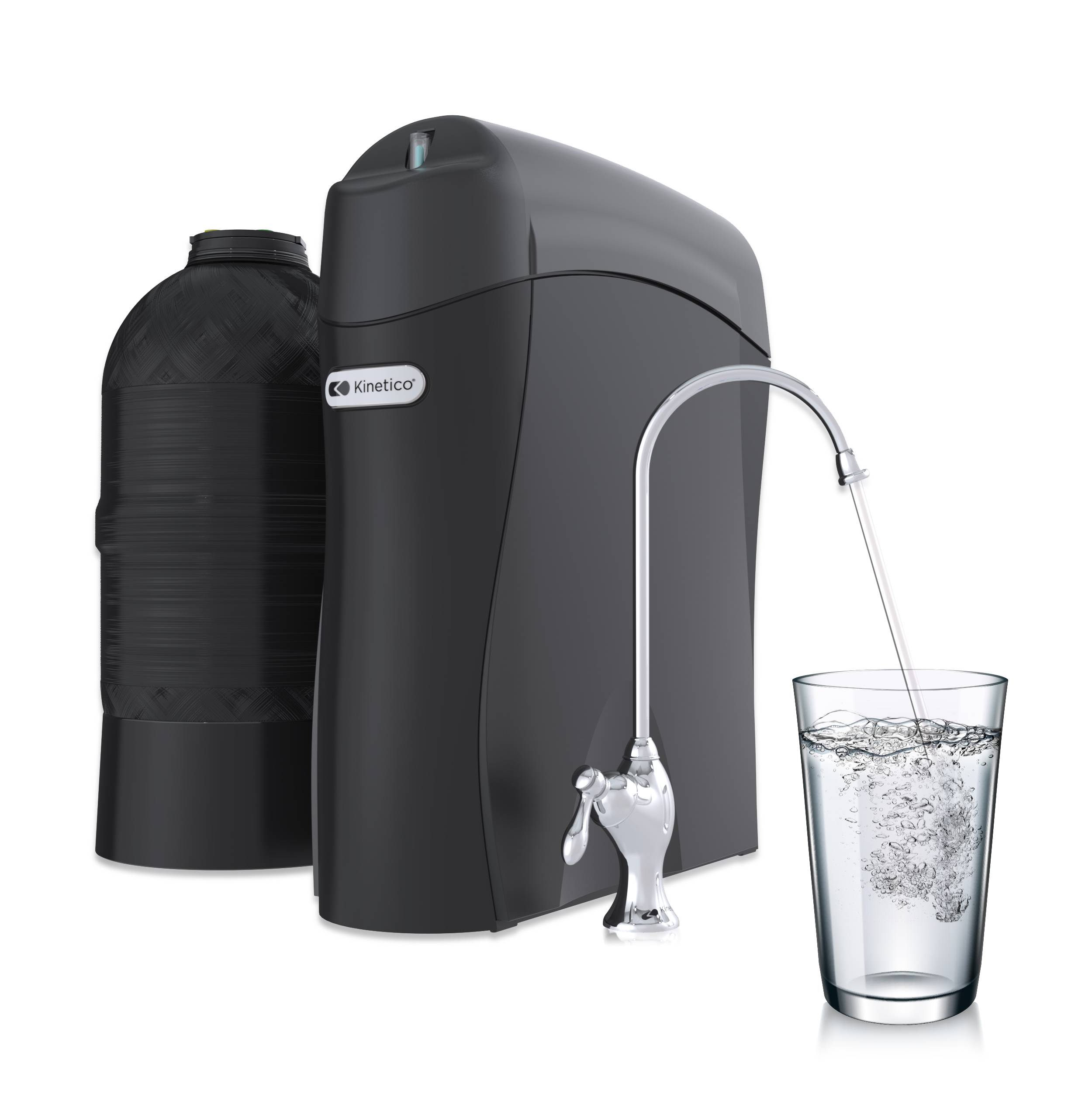Nitrate is the anionic part of a salt that commonly occurs with sodium or potassium. Traditionally it was used in the manufacture of gunpowder and munitions where it was originally extracted from urine and was then mined. Today nitrates are also employed as a source of nitrogen in inorganic fertilizers. Nitrate is limited in drinking water by the US EPA to a maximum of 10 mg/L when measured in units of nitrogen. The particularly susceptible group is infants below the age of six months.This is because the very young digestive tract hasn’t yet matured to handle levels above 10 mg/L, and the amount of water they consume is proportionally higher for their body weight. The infant may be exposed to nitrate when given a bottle of drinking water or reconstituted formula. Nitrate binds to the methemoglobin molecule that carries oxygen in the blood stream, making that oxygen unavailable. As a result, the baby’s skin and lips can turn bluish, the child can appear short of breath, and might be either fussy or listless. The illness is called methemoglobinemia or “blue baby syndrome.” There is as yet insufficient evidence to support an association with drinking water nitrate and birth defects, miscarriage, or harm to adults.
Sources of excess nitrate in drinking water are typically the runoff of agricultural fertilizers or manure and leaching from septic tanks. It is more likely to be found in shallow ground water sources. Municipalities must monitor and treat as necessary to meet the US EPA regulatory limit, therefore private water supplies are normally at greater risk of nitrate contamination. Nitrate in drinking water can be treated effectively by reverse osmosis, distillation, or a tank of nitrate-selective ion exchange resin – expert help is needed to ensure the technology being considered is appropriate for a particular situation. Prevention is an important option. For example, when considering digging a new well, determine whether it will be deep enough and far enough away from feedlot drainage and septic systems to prevent the well water quality from being influenced. Last, because of the potential sources of nitrate, it may be appropriate to test for fecal coliform bacterial contamination as well.



